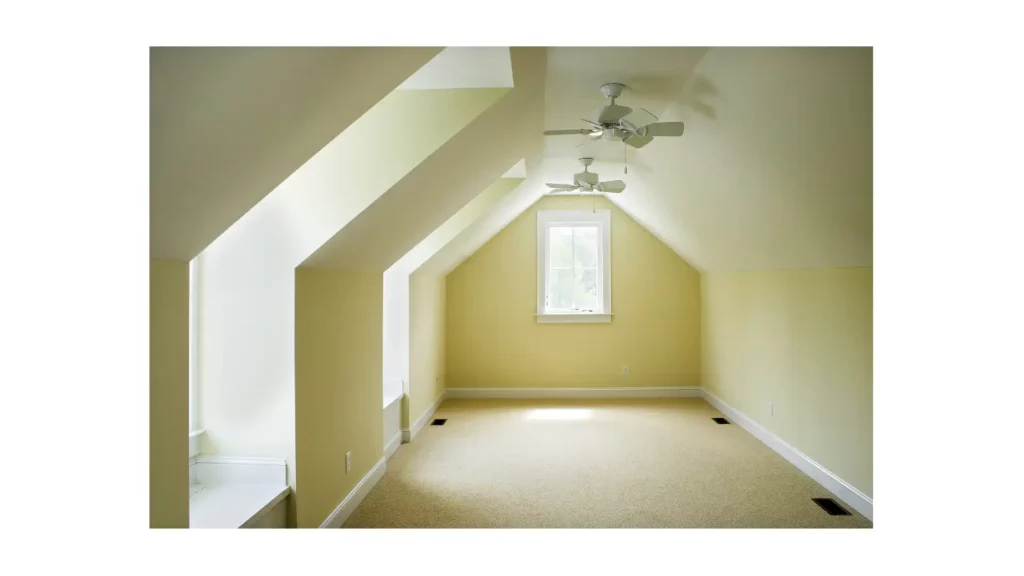When it comes to optimizing home energy efficiency, understanding the specifics of how household appliances impact your electricity usage is crucial.
Among these appliances, attic fans are often overlooked despite their significant role in maintaining home comfort and reducing energy costs.
This guide dives deep into the question, How much electricity does an attic fan use? By the end of this article, you'll have a thorough understanding of attic fan electricity consumption, factors influencing their energy use, and tips for optimizing their efficiency.
What is Attic Fans
Before we delve into the specifics of electricity usage, let's briefly discuss what an attic fan is and its purpose.
An attic fan is designed to ventilate the attic space, reducing heat build-up during the hot months and moisture during the colder months.
Doing so helps in prolonging the life of your roofing materials and reduces the load on your energy efficient HVAC system, which can lead to energy savings. But, as with any appliance, it's important to consider its electricity usage.
Understanding Electricity Consumption of Attic Fans
To understand How much electricity does an attic fan use? we need to start with the basics of electricity measurement.
Electricity is typically measured in kilowatt-hours (kWh), which represents the energy usage of an appliance consuming 1000 watts over one hour.
The electricity usage of an attic fan depends on several factors including its size (measured in cubic feet per minute or CFM), the motor's efficiency, and how long the fan operates each day.

Factors Affecting Attic Fan Electricity Use
- Size and CFM Rating: The larger the attic space, the higher the CFM rating needed for effective ventilation. Larger fans or higher CFM ratings generally consume more electricity.
- Efficiency of the Motor: Modern attic fans come with energy-efficient motors that consume less electricity for the same amount of ventilation compared to older models.
- Usage Patterns: How much electricity does an attic fan use also depends on how frequently and for how long it runs each day. Using a thermostat to control its operation can optimize electricity use.
- Additional Features: Some models come with additional features like variable speed settings or solar power options, which can influence their overall energy consumption.
- Insulation and Attic Temperature: The amount of insulation in your attic and the temperature variations throughout the day can impact the workload of the attic fan. Well-insulated attics may require less ventilation, reducing the fan's electricity consumption.
- Attic Ventilation Design: The design of your attic ventilation system, including the placement of intake and exhaust vents, can affect how efficiently the attic fan operates.
- Airflow Restrictions and Obstructions: Any obstructions or restrictions to airflow within the attic, such as blocked vents or cluttered storage, can impede the effectiveness of the attic fan.
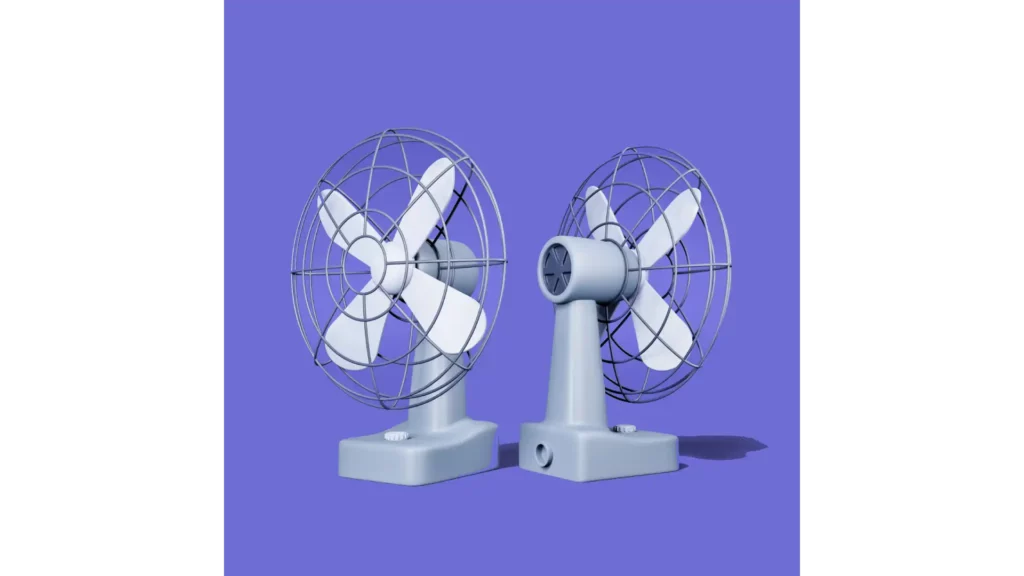
Calculating Electricity Usage of an Attic Fan
To calculate How much electricity does an attic fan use?, you can use the formula:
Electricity Usage (kWh)=(Wattage×Hours of Operation)/1000Electricity Usage (kWh)=(Wattage×Hours of Operation)/1000
For example, if an attic fan uses 400 watts and operates for 5 hours a day, its daily electricity usage would be:
400 watts×5 hours1000=2 kWh1000400watts×5hours=2kWh
This calculation can help homeowners estimate the cost of operating an attic fan based on their local electricity rates.
Energy Efficiency and Cost Implications
When considering How much electricity does an attic fan use? it's equally important to understand its impact on your overall energy efficiency and utility bills.
While an attic fan uses electricity, it can also offer savings by reducing the need for air conditioning. The key is to balance the fan's electricity use with the cooling benefits it provides.
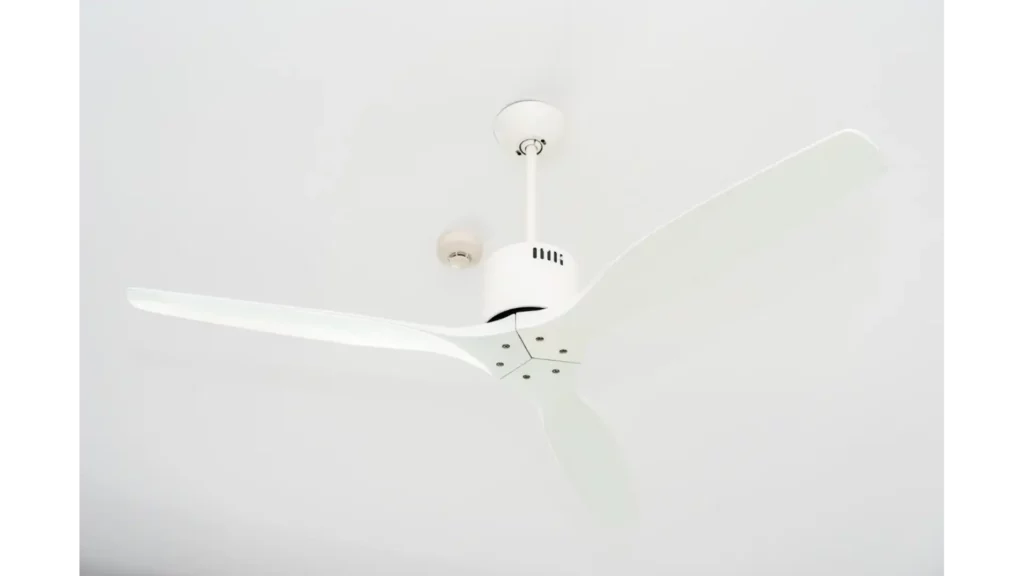
Tips for Optimizing Attic Fan Efficiency
- Install a Thermostat: A thermostat can automatically turn the fan on or off based on the temperature in the attic, preventing unnecessary operation.
- Use a Timer: Limiting operation to the hottest parts of the day or when the attic is most likely to benefit from ventilation can reduce electricity usage.
- Regular Maintenance: Keeping the fan and its components clean and well-maintained ensures optimal efficiency and lower electricity use.
- Consider a Solar-Powered Fan: For those looking to minimize electricity usage, solar-powered attic fans can be a great option, though they may have a higher upfront cost.
- Seal Air Leaks: Seal any gaps or cracks in the attic to prevent conditioned air from escaping and unconditioned air from entering, reducing the workload on your HVAC system.
- Install Insulation: Proper insulation in the attic helps maintain consistent temperatures, complementing attic fan operation and reducing energy consumption.
- Optimize Ventilation Openings: Ensure adequate ventilation openings in the attic for better air circulation, preventing hot spots and stagnant air pockets.
- Use in Conjunction with Whole-House Fans: Use a whole-house fan alongside the attic fan to draw in cool air and exhaust hot air during cooler periods.
- Monitor Humidity Levels: Keep an eye on attic humidity levels, especially in humid climates, and consider using a dehumidifier if necessary to prevent moisture-related issues.
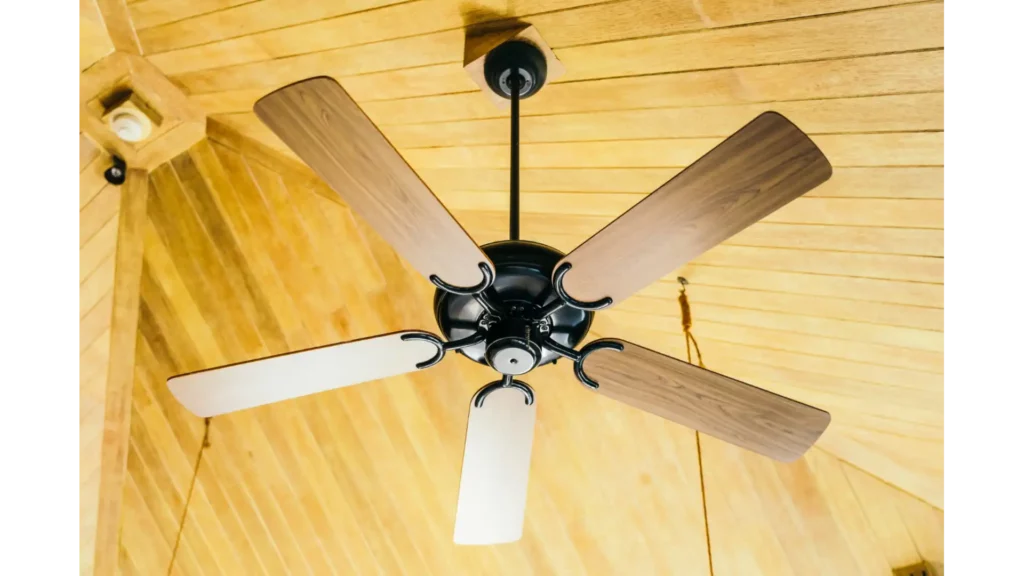
The Impact on Home Energy Efficiency
Integrating an attic fan into your home's cooling strategy can significantly impact overall energy efficiency.
By reducing the heat load on your air conditioning system, an attic fan can lead to lower energy consumption and cost savings during the hot months.
However, the savings potential depends on your specific home characteristics, local climate, and how the attic fan is used in conjunction with other cooling strategies.
The Future of Attic Fans: Embracing Technology for Enhanced Efficiency
As we move into the future, advancements in technology are poised to revolutionize the efficiency and functionality of attic fans. With a growing emphasis on sustainability and energy conservation, manufacturers are investing in innovative solutions to make attic fans even more efficient and eco-friendly.
- Integration of Smart Technology
Smart attic fans integrate technology to connect to home automation systems for remote monitoring and control via smartphones or voice assistants.
This allows homeowners to adjust settings based on real-time data like attic temperature and humidity, improving energy efficiency and ventilation.
- Enhanced Energy Efficiency
Future attic fans will use advanced motors and materials to increase energy efficiency.
Efficient motors and durable, lightweight materials will lower electricity use while keeping performance high. Better insulation and sealing methods will prevent energy loss, allowing attic fans to work efficiently in any weather.
- Integration of Renewable Energy Sources
As renewable energy like solar power gains popularity, future attic fans will likely use this technology.
Solar-powered fans use the sun's energy to ventilate, reducing grid reliance and costs. As solar tech improves and becomes cheaper, solar attic fans are expected to become a common, sustainable ventilation option for homes.
- Data-Driven Optimization
The future of attic fans includes data-driven optimization using sensors and algorithms to adjust ventilation based on environmental conditions and usage patterns, maximizing comfort and energy savings.
- Integration with Home Energy Systems
As homes get smarter, attic fans will work together with other appliances to save energy and lower costs.
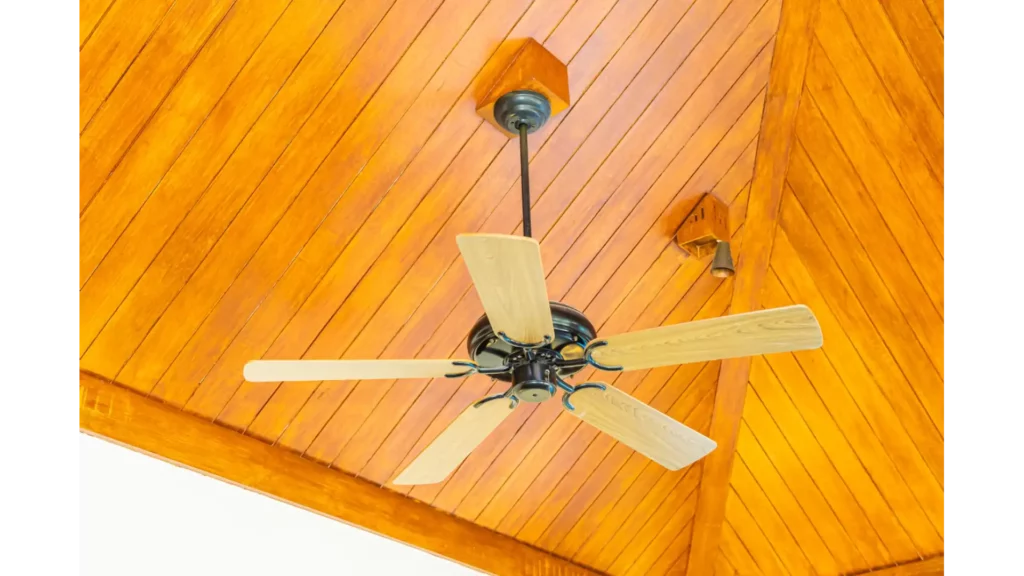
FAQs (Frequently Asked Questions)
1. How much does it cost to run an attic fan?
The cost of running an attic fan depends on factors such as the fan's wattage, local electricity rates, and how long it operates each day. Using the formula provided earlier (Electricity Usage (kWh)=(Wattage×Hours of Operation)/1000Electricity Usage (kWh)=(Wattage×Hours of Operation)/1000), homeowners can estimate the daily electricity usage and multiply it by their electricity rate to determine the cost.
2. Are attic fans energy efficient?
Attic fans can be energy-efficient when used properly. By reducing heat buildup in the attic, they can decrease the load on your air conditioning system, potentially leading to lower overall energy consumption. However, factors such as fan size, motor efficiency, and usage patterns all play a role in determining their efficiency.
3. Can attic fans be used year-round?
Yes, attic fans can be used year-round. In the summer, they help remove hot air from the attic, reducing the strain on your cooling system. In the winter, they can help prevent moisture buildup, which can lead to mold and mildew issues. However, it's essential to adjust their operation based on seasonal needs to maximize efficiency.
4. What size attic fan do I need for my home?
The size of the attic fan you need depends on the size of your attic and the desired ventilation rate. Generally, you'll want a fan with a CFM (cubic feet per minute) rating that can sufficiently ventilate the entire attic space. Consulting with a professional or using online calculators can help determine the appropriate size for your home.
5. Are solar-powered attic fans worth it?
Solar-powered attic fans can be worth it for homeowners looking to minimize electricity usage and reduce their carbon footprint. While they may have a higher upfront cost compared to traditional electric fans, they can offer long-term energy savings and may qualify for tax incentives or rebates in some areas. Additionally, they operate silently and are environmentally friendly.
6. How do I know if my attic fan is working efficiently?
You can assess the efficiency of your attic fan by monitoring the temperature and humidity levels in your attic, as well as your energy bills. If your attic remains excessively hot or humid despite the fan's operation, or if you notice a significant increase in your energy bills, it may indicate that the fan is not working efficiently and may require maintenance or replacement.
7. Can I install an attic fan myself?
While some homeowners may have the skills and knowledge to install an attic fan themselves, it's generally recommended to hire a professional for installation. Proper installation is crucial for the fan's effectiveness and safety, and a professional installer can ensure that it's correctly sized, positioned, and wired for optimal performance.
8. How long do attic fans typically last?
The lifespan of an attic fan can vary depending on factors such as usage, maintenance, and environmental conditions. On average, attic fans can last anywhere from 5 to 15 years. Regular maintenance, such as cleaning the fan blades and lubricating the motor, can help prolong its lifespan.
9. Can attic fans be used in conjunction with other ventilation systems?
Yes, attic fans can be used in conjunction with other ventilation systems, such as ridge vents or soffit vents. In fact, using multiple ventilation methods can create a more effective airflow and help maximize the benefits of attic ventilation. Consulting with a professional can help determine the best ventilation strategy for your home.
10. Will installing an attic fan void my roof warranty?
In most cases, installing an attic fan will not void your roof warranty. However, it's essential to check the warranty terms and conditions provided by your roofing manufacturer or installer to ensure compliance. Additionally, proper installation by a qualified professional is crucial to prevent any potential damage to the roof or voiding of the warranty.
How Much Electricity Does an Attic Fan Use Conclusion
“How much electricity does an attic fan use?” is a question with a multifaceted answer that depends on several factors.
By understanding these factors and implementing strategies to optimize the fan's efficiency, homeowners can enjoy the benefits of an attic fan without significantly increasing their electricity bills.
Remember, the goal is to balance comfort, energy efficiency, and cost savings. As we've explored, this balance is achievable with careful consideration and proper use of your attic fan.

